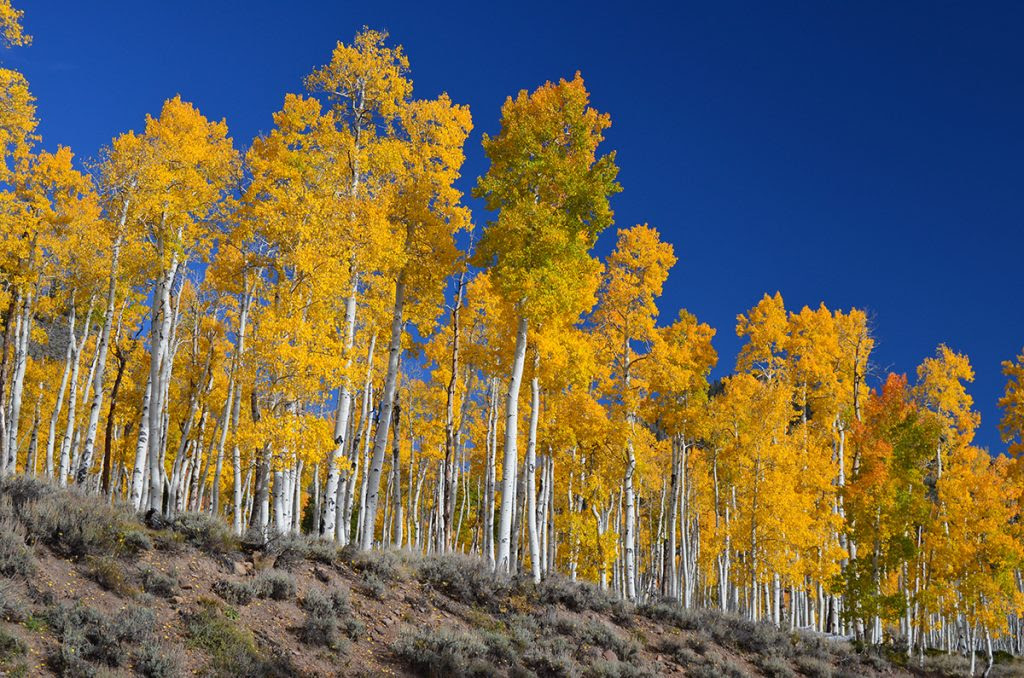The Pando Forest in the United States is the largest living organism on Earth because it is a single tree that has been cloning itself for 10,000 years. But the forest is dying due to the lack of predators, a situation linked to human activities. This Utah forest, composed only of aspen trees, covers forty-three hectares and the 40,000 trees that make up the forest are all connected to each other.
This is why it is called the largest living organism on Earth, and why it is also called the “one-tree forest”. It has a single root system that connects all the trees to each other and which have completely identical genetics. This type of clone forest has been identified in several places in the American West, but the Utah forest is the largest recorded.
It is characterized by a single tree that has developed a root system to which all its clones are attached. This feature was discovered in the 1970s and genetic testing led to the conclusion that it was a single tree that had reproduced thousands of times.
An aspen tree can live for hundreds of years, but the age of the root system is estimated to be 10,000 years old, or even 80,000 years old according to some studies, so the first tree has been reproducing for at least 10,000 years in this area. A team of researchers from the University of Utah discovered signs of dieback of the organism, which no longer renews itself and begins to be deteriorated, especially by herbivores that eat the small shoots.
In 2018, 50% of the forest was fenced off to protect it from deer and cattle, which are particularly attracted to the young shoots. In 2022, scientists found that dieback continued, and the forest was splitting into three separate organisms, causing it to lose its uniqueness. While fallow deer are typically present in the clone forest, their population is no longer regulated by the presence of predators such as wolves and bears, whose populations have been decimated by humans. According to the University of Utah, what is happening to this forest is an ecological catastrophe, but on a small scale.
Unfortunately, this phenomenon is not isolated and is found in other natural areas with an ecological imbalance caused by the disappearance of predators. The aspen trees are one of the key species on which a large part of the biodiversity relies, and the lack of regeneration of these forests facilitates the infiltration of sunlight through the vegetation that will burn more easily the plants designed to remain in the shade.
The disappearance of these plant species leads to the disappearance of the insects that live off them, which in turn feed other species. If the Pando Forest continues to degrade, the difference in evolution between the fenced and unfenced areas is obvious, with the fenced area beginning to regenerate and the unfenced area continuing to decline. The University of Utah researchers do not plan to continue fencing the forest, but they believe it is necessary to reintroduce animal/plant balance and restore predators to their place.




Comment here